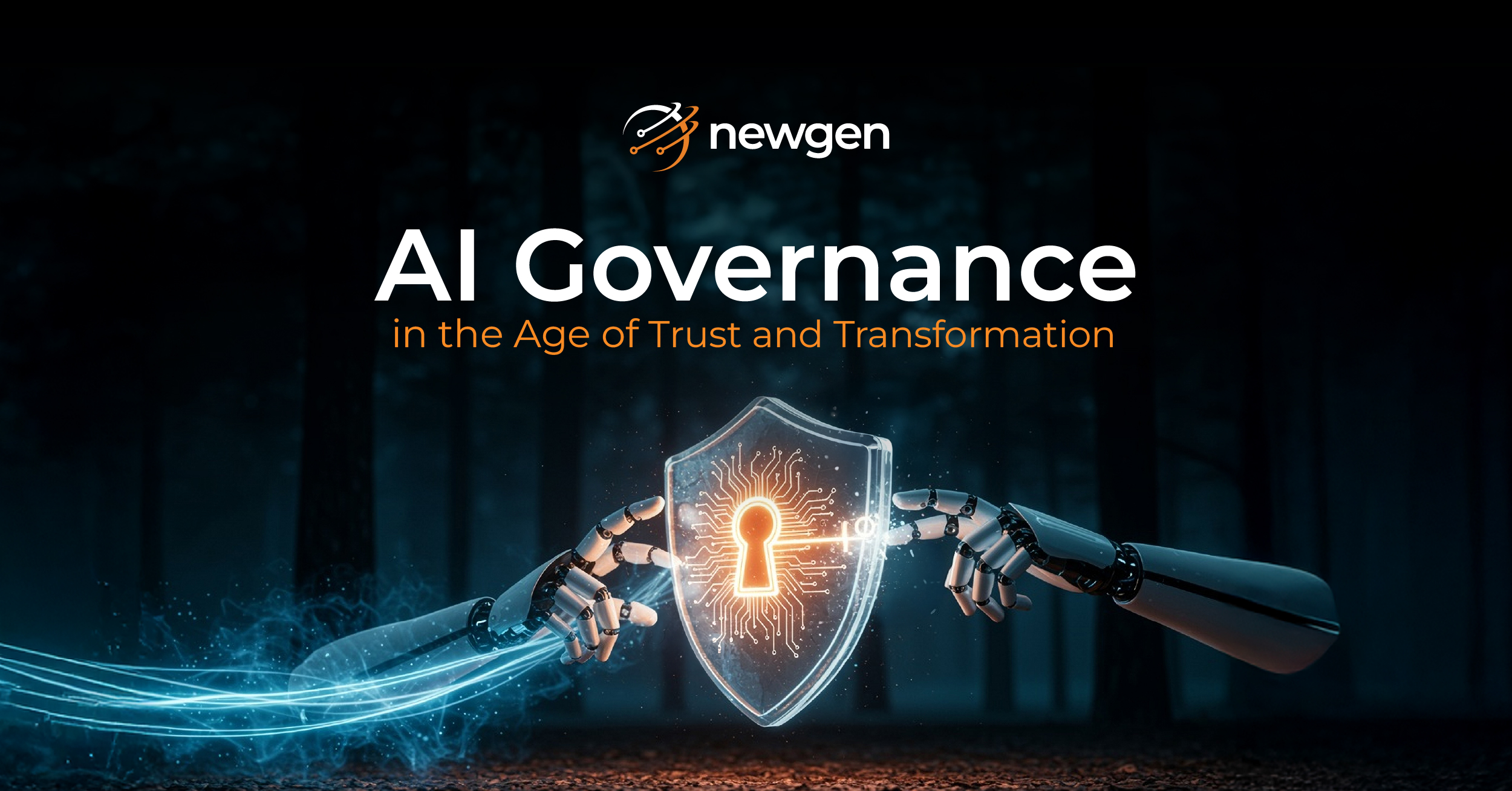The enterprise service management (ESM) system eliminates the silos and offers a unified platform for employees, partners, contractors, suppliers, and any third-party vendor to interact and optimize business productivity. ESM enables you to address customers’ requirements, including queries, complaints, information, transactions, status updates, incidents, social media posts, and recommendations. A robust enterprise service management system helps deliver a personalized, contextual, and responsive experience irrespective of the time, place, or channel.
Enterprise service management platform helps you deliver transformed experiences in various ways, including

Enterprise Service Management – Key Capabilities
Let us understand some of the key capabilities of ESM system:
- Low-code development environment
- Multi-experience form aided by robotic process automation (RPA)
- Content-process integration
- Workflow control, analytics, and intelligent orchestration
- Digital sensing and customer engagement
- Integration adapters for third-party applications
You can leverage the aforementioned capabilities to deliver a superior experience to your customers, partners, employees, and vendors:
1. Customer Servicing
Owing to customer-centricity taking the center stage, it is comparatively easy to acquire a customer over retaining them. From addressing requests and equipment installation changes to product complaints, policy claims, and credit limit updates, an ideal enterprise service management solution enables you to deliver a consistent experience and gear your organization toward achieving a holistic customer journey across various engagement channels.
2. Supporting Partners
Through the system’s low-code unified environment, enterprise service management enables users to support partners by providing a seamless experience at various steps, including during processing duplicate invoice requests, goods return requests, incorrect shipments, delayed commission, coupon reimbursement, and others. The system effectively responds to partners’ appeals and requests, optimizes resources, and drastically reduces turnaround times by leveraging a rule-driven engine to prioritize and route all service requests.
3. Responding to Vendors
The system ensures excellent service deliverability to vendors while building strong relationships for a lifetime. Enterprise service management solution helps manage various services, including delay in payment, invoice processing, change in vendor details, update about subcontractors, removing duplicate PO, and incorrect shipment, etc. The system makes the processes pain-free, productive, and personalized.
4. Empowering Employees
Per Mckinsey, “Highly skilled knowledge workers spend 20% of their time looking for internal information or tracking down colleagues how can help with specific tasks”.
Enterprise service management software streamlines the onboarding processes by automating time-consuming and repetitive document-based tasks. The system empowers you to assess applicants’ profiles, plan and set follow-up actions, perform background checks for validation and verifications, roll out offer letters and training sessions, and generate an induction plan. Post onboarding, the system further helps in managing various processes, such as with the appraisal process, transfer, travel, expense reimbursement, rewards, and recognition, to name a few. The system also helps seamlessly keep a track of critical steps involved in offboarding. It allows your employees to initiate a smooth relieving process, track the HR exit checklist in real-time, start a full and final settlement process, and generate comprehensive reports of your organization’s attrition rate over a specified period.
AI-integrated Enterprise Service Management System
Artificial intelligence is the hottest technology in the market. It is a benefit in disguise to every technological solution. An AI-integrated enterprise service management can help you deliver an excellent degree of service to your employees, customers, vendors, and partners. You can use its capabilities like chatbots, AI-voice, and self-service portals to better service your recipients across the departments. It also enables your white-collar employees to focus more on critical tasks.
Here are a few examples to understand how enterprise service management system can be used in an organization:
Lending Banks
Lending banks can leverage enterprise service management system to originate seamlessly, process, disburse, and monitor loans. The system enriches the end-to-end customer journey and enables a systematic approach to create, managing, and nurturing leads and opportunities.
Trade Finance
A robust enterprise service management solution can enable trade finance leaders to automate and scale their operations, maintain cost efficiencies, and improve customer experience. The system can simplify the multiple transaction initiation channels, automate document classification, convert unstructured trade document to structured PDFs, provide a risk assessment of the customers, and also provide alerts in case of deviation.
Insurance
A robust enterprise service system can replace a core legacy system, automate entire insurance processes, reduce dependency on paper-driven manual processes, and auto-allocate the work items, reducing the turnaround time.
Shared Services
Enterprise service system can help shared services leaders to streamline the invoices received from multiple channels. A rule-based engine enables intelligent invoice routing, resulting in faster and more accurate invoice processing. The intelligent extraction capabilities simplify the process of detecting and extracting the required information from invoices in high volumes, such as the invoice number, date, order number, etc.
In a nutshell
By leveraging enterprise service management software, enterprises benefit from managing a broad range of services, from updating transactions to managing complex workflows involving multiple steps and participants. It can support your business strategy and goals of achieving business outcomes, including faster time-to-market, low implementation costs, reduced dependency on IT teams, 360-degree visibility, and a superior customer experience.
You might be interested in





